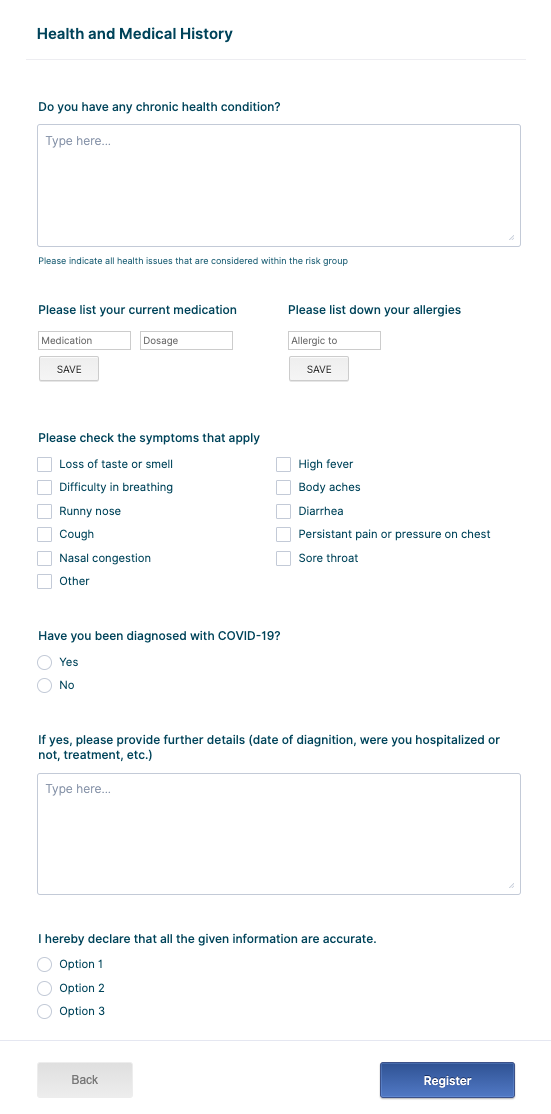Since mid December 2020, U.S. citizens have been receiving vaccinations for COVID-19 based on recommendations established by the Centers for Disease Control (CDC).
While each state has its own plan for who’s next in line for a vaccine and how they’ll get it, the CDC recommends healthcare personnel and residents of long-term care facilities receive the first doses, followed by frontline workers and people 75 and older.
Next on the list are those between the ages of 64 and 75, people 16 to 64 with underlying medical conditions, and other essential workers. The CDC notes that it will include more groups in its recommendations as vaccine availability increases.
However, vaccine distribution is a complicated affair. The Department of Health and Human Services (HHS) provides alerts on the number of doses released each week. From there, the vaccines are transported to states across the country based on previously specified allocations.
Once the vaccines arrive, state and local health departments are responsible for managing their distribution. That’s why these health departments need an organized record of who is in their vaccination queues. This record will only become more important as vaccine availability increases and the number of people eligible for the vaccination expands.
Here’s a closer look at how some health departments around the U.S. are organizing their vaccination queues.
Tech-enabled tools
Some states are opting for a range of high-tech tools to track vaccine demand. This includes South Dakota and Arkansas, both of which have interactive maps to help residents find the right providers. South Dakota is reportedly using online surveys from providers like SurveyMonkey to document signups. In Florida, some counties are even using event management platform Eventbrite to schedule vaccinations.
Meanwhile, Michigan residents are using what Healthcare IT News calls electronic health record portals to add their names to vaccine lists. Indiana, on the other hand, has its own scheduling app.
Hotlines
Other states are relying on old-school methods like hotlines to schedule appointments and create waiting lists, which could lead to confusion or even chaos down the road if hotline staff don’t properly document every call.
Unfortunately, research shows that states with some of the most vulnerable populations have already fallen behind in administering the vaccine.
That makes it even more important for public health officials to have access to the right tools. But the good news is they don’t necessarily need to budget for a scheduling app now.
Form-based solutions
For health professionals still figuring out how to manage the influx of data, another option is online forms. The Fulton County Board of Health in Georgia is using a customizable form from Jotform not only to add people to the waiting list for an appointment but also to inform residents about how vaccination phases are progressing.
The form includes information regarding the current and next phases of distribution as well as answers to common questions. It also invites visitors to share their email addresses and select which distribution phase they’re interested in.
It’s a straightforward way to provide information to county residents, making it easier for county officials to know exactly how to follow up with each request and tentatively prioritize each person on the vaccine distribution calendar.
Another way to prioritize recipients is to follow the lead of Franklin County Public Health in Ohio, which used Jotform to create a form for Phase 1a recipients to add their names to a vaccine scheduling list.
Users select the group they’re in and fill in personal information, like address, phone number, and email. Users can’t submit the form if any fields are missing, so Franklin County can be sure each form they receive will have all the pertinent information they need to update their scheduling list.
Jotform also offers a free downloadable vaccine registration form users can personalize and implement in minutes if they’re looking to collect more information from residents.
Vaccine queue management made easy
It’s entirely possible no two counties in the U.S. are handling vaccine requests the same way. To be fair, there are a variety of options. Though apps and interactive maps are impressive, public health officials who are still figuring out the best way to manage their vaccine lists should remember it’s most important to find a solution that can prioritize and track recipients. And with Jotform, you get both.








































































































Send Comment: